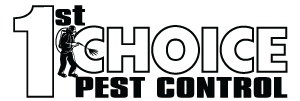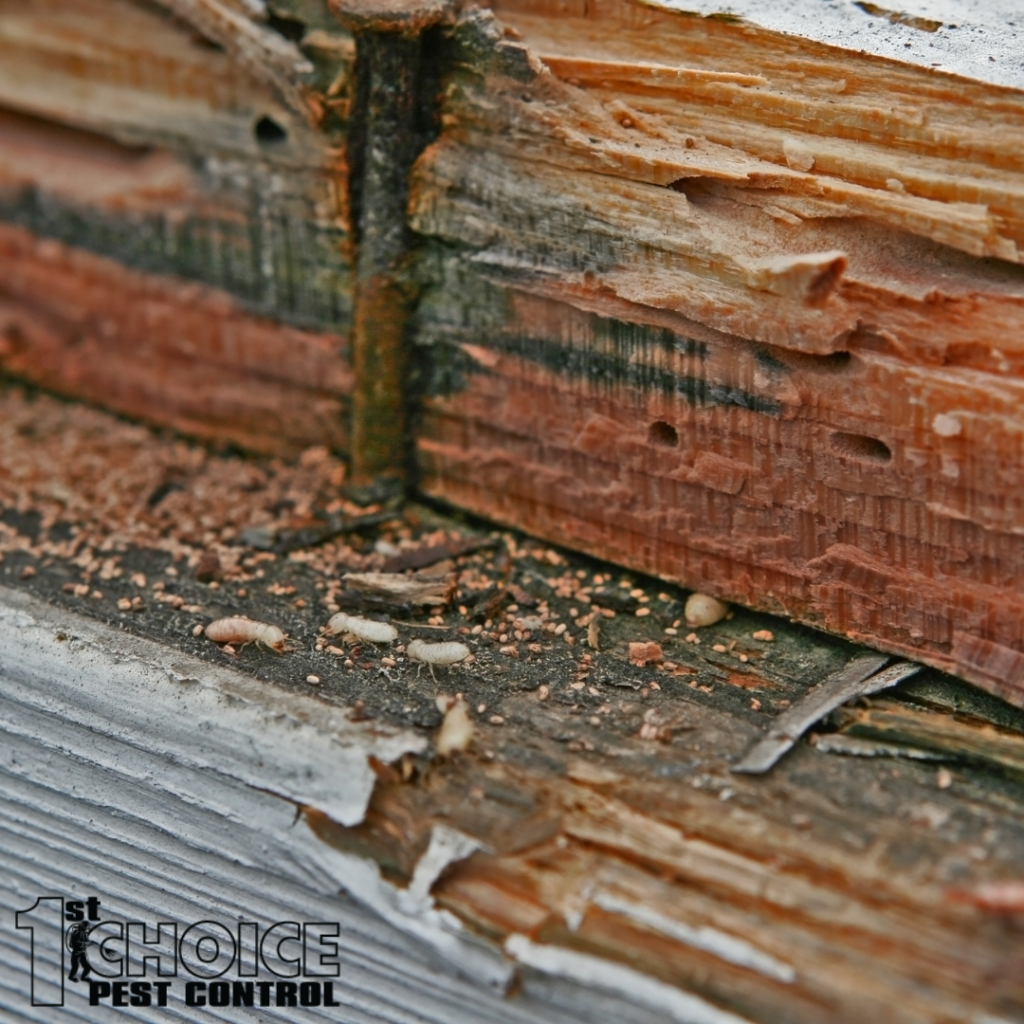Hidden Threats: The Dangers of Undetected Termite Infestations
Hidden beneath the surface, termites are silent invaders capable of inflicting severe and often unnoticed damage to homes and structures. In the realm of household pests, they are among the most insidious, earning their reputation as “silent destroyers.” The purpose of this blog is to shed light on the hidden threats that undetected termite infestations pose to your property.
While termites may not be the most visibly menacing pests, they are among the most destructive. Their behavior is characterized by stealth and subtlety, as they quietly feast on the very structure of your home. By the time their presence becomes evident, significant damage may have already occurred, leading to costly repairs and compromised safety.
The Silent Invaders: Understanding Termite Behavior
To effectively combat the threat posed by termites, it’s essential to comprehend the behavior and lifestyle of these silent invaders. Termites are social insects that live in colonies, and within these colonies, they have specific roles and responsibilities.
- The Castes: Termite colonies consist of three primary castes: workers, soldiers, and reproductives (king and queen). Workers are responsible for foraging, feeding, and maintaining the colony. Soldiers defend the colony against threats, often other insects. Reproductive termites are responsible for producing offspring and expanding the colony.
- Subterranean Living: Termites typically nest underground, making them difficult to detect until their presence becomes apparent through visible damage. They construct intricate tunnel systems to access their food source, often cellulose-based materials like wood.
- 24/7 Feeding: Termites are relentless feeders, working 24 hours a day, seven days a week, consuming wood and cellulose materials. Their insatiable appetite and constant activity make them a formidable force of destruction.
- Stealthy Invaders: Termites are cryptic insects, preferring to stay hidden from view. They avoid light and air, constructing mud tubes to travel between their nest and food source while maintaining the ideal temperature and humidity levels for their survival.
Understanding these aspects of termite behavior underscores why they are so challenging to detect and why early infestations often go unnoticed. By the time you see visible signs of termite activity, substantial damage may have already occurred beneath the surface of your property.
This emphasizes the critical importance of regular inspections and proactive termite prevention measures, topics we’ll explore in more detail in subsequent sections of this blog.
Signs of Termite Activity
Recognizing the signs of termite activity is the first line of defense against these silent destroyers. While termites might remain hidden for extended periods, they do leave subtle clues that, if identified early, can prevent significant structural damage. Here are some key indicators of termite infestations:
- Mud Tubes: One of the most telltale signs of subterranean termites is the presence of mud tubes. These pencil-sized tubes are constructed by termites to provide safe, concealed passage from their underground nests to their food source (typically wood). These tubes are usually found along walls, foundations, or crawlspaces.
- Discarded Wings: Swarmers, the reproductive termites, leave their nests in search of mates and new locations to establish colonies. After mating, they shed their wings, leaving them behind as evidence of a termite swarm. Finding discarded wings around windowsills, doorways, or on your property can be a clear indication of termite activity.
- Damaged Wood: Termites feed on wood from the inside out, leaving the outer layers intact. As a result, infested wood may appear normal on the surface but crumble or sound hollow when tapped. Check for any unexplained damage to wooden structures, beams, or furniture.
- Frass (Termite Droppings): Termite frass, a mixture of feces and wood particles, is often found near termite tunnels or exit holes. This powdery substance can accumulate and is sometimes mistaken for sawdust. It may be a visible sign of termite activity.
- Hollowed Wood: Inspect wooden items, such as doors or window frames, by tapping them with a screwdriver or a similar tool. If the wood sounds hollow or feels soft and easily gives way, it may be infested with termites.
- Cracked or Bubbling Paint: Termites can damage painted surfaces, causing the paint to crack or bubble. These areas may indicate termite activity beneath the surface.
- Swarmers: If you notice termite swarmers (winged termites) indoors, particularly around light sources, it could signify an active infestation nearby. These swarmers are often a sign that a mature termite colony is present.
Identifying any of these signs should prompt immediate action. Early detection and intervention are crucial to minimize damage and control termite infestations effectively. In the following sections of this blog, we will delve deeper into the structural damage that termites can cause and the potential health risks associated with their presence, underlining the urgency of addressing termite infestations promptly.
Structural Damage Caused by Termites
Termites are notorious for their ability to inflict extensive structural damage silently and stealthily. Understanding the potential harm they can cause is vital for homeowners and property owners alike.
- Weakened Foundations: Termites often target wooden support beams and foundation structures beneath homes and buildings. Over time, their feeding activities can compromise the integrity of these essential components, leading to structural instability and costly repairs.
- Sagging Floors and Ceilings: As termites consume wood within the framework of a structure, floors and ceilings may begin to sag or become uneven. This can result in visible, and sometimes hazardous, changes in the appearance and stability of the property.
- Compromised Structural Integrity: In severe cases, termite infestations can weaken structural elements to the point of collapse. Roof rafters, load-bearing beams, and other crucial components may become compromised, posing significant safety risks.
- Costly Repairs: Repairing termite-induced structural damage can be a major financial burden for homeowners. The extent of repairs needed depends on the duration of the infestation and the thoroughness of the treatment.
- Resale Value Reduction: Termite damage can significantly reduce the resale value of a property. Even if the infestation has been eradicated and repairs made, prospective buyers may be wary of purchasing a property with a history of termite issues.
- Hidden Danger: What makes termite damage particularly insidious is that it often occurs inside walls, beneath flooring, or within crawlspaces, making it difficult to detect without professional inspection. By the time visible signs emerge, the damage can be extensive.
Health Risks and Allergies
Termite infestations can lead to health risks and allergies, especially when coupled with other issues such as moisture buildup. Here’s how termites can affect your health:
- Mold Growth: Termites often create moisture-rich environments in the areas they infest. Excessive moisture can lead to mold growth, which can trigger allergies and respiratory issues in occupants.
- Allergens: Termite frass, a combination of feces and wood particles, can become airborne and circulate throughout a property. Inhaling these particles can lead to allergic reactions, especially in individuals with sensitivities to allergens.
- Respiratory Problems: Mold spores and termite frass can exacerbate respiratory conditions like asthma and bronchitis. Individuals with compromised respiratory systems may experience worsened symptoms in infested environments.
- Health Discomfort: The presence of mold and allergens can create a general sense of discomfort among occupants, leading to issues such as coughing, sneezing, watery eyes, and skin irritation.
Addressing termite infestations promptly not only protects the structural integrity of your property but also ensures the health and well-being of those who live or work in the affected spaces.
In the upcoming sections of this blog, we will explore preventive measures and effective treatments to manage termite infestations, emphasizing the importance of proactive steps in safeguarding your property and health from these hidden threats.
Preventing and Treating Termite Infestations
Preventing and treating termite infestations is essential to safeguard your property from the hidden threats they pose. Here are proactive steps you can take:
- Regular Inspections: Schedule regular termite inspections, ideally annually or biannually, with a professional pest control company like 1st Choice Pest Control. These inspections can identify termite activity before it causes significant damage.
- Moisture Control: Termites thrive in moist environments. Address any moisture issues in your property, such as leaking pipes, clogged drains, or poor ventilation. By reducing excess moisture, you make your property less attractive to termites.
- Remove Wood-to-Soil Contact: Termites gain access to your property by tunneling through the soil to reach wood. Ensure that wooden structures, such as decks and fences, do not make direct contact with the soil. Use concrete or metal barriers to separate wood from the ground.
- Termite-Resistant Materials: Consider using termite-resistant building materials in construction or renovations. These materials are less appealing to termites and can serve as a preventive measure.
- Bait Systems: Implement termite bait systems around your property. These systems attract termites away from structures and deliver a slow-acting toxicant to the colony, gradually eliminating the infestation.
- Liquid Termiticides: Professional pest control services can apply liquid termiticides as a protective barrier around your property. These treatments create a zone that termites cannot penetrate, deterring them from approaching your home.
- Annual Termite Treatments: Consider scheduling annual termite treatments with a pest control expert. Regular treatments can provide ongoing protection against termite infestations, especially in high-risk areas.
Conclusion
Undetected termite infestations pose serious dangers to both your property and your health. As we’ve explored in this blog, termites silently compromise the structural integrity of buildings, often leading to costly repairs and potential safety hazards. Additionally, the moisture-rich environments they create can foster mold growth, which can trigger allergies and respiratory problems.
However, you can take proactive steps to protect your property and well-being. Regular inspections, moisture control, and preventive treatments are all vital components of a comprehensive termite management plan. By addressing termite issues promptly and working with professionals like 1st Choice Pest Control, you can ensure the safety, longevity, and value of your property.
We hope this blog has shed light on the hidden threats of undetected termite infestations and provided you with the knowledge needed to protect your home and health. If you suspect termite activity or want to proactively safeguard your property, don’t hesitate to reach out to 1st Choice Pest Control for expert assistance and peace of mind.



 Service Request
Service Request